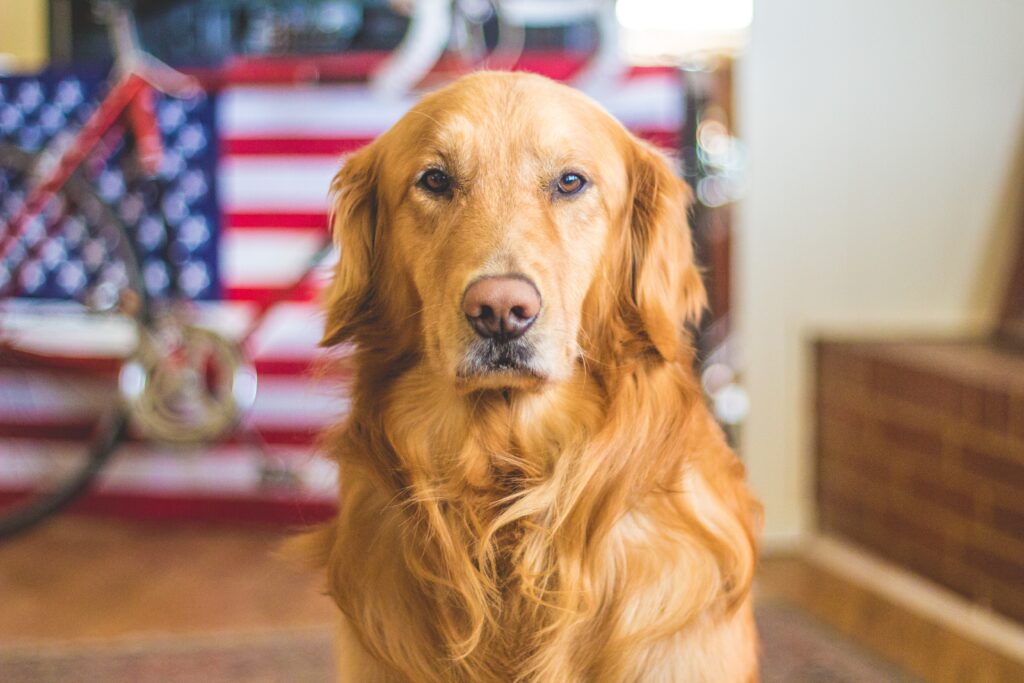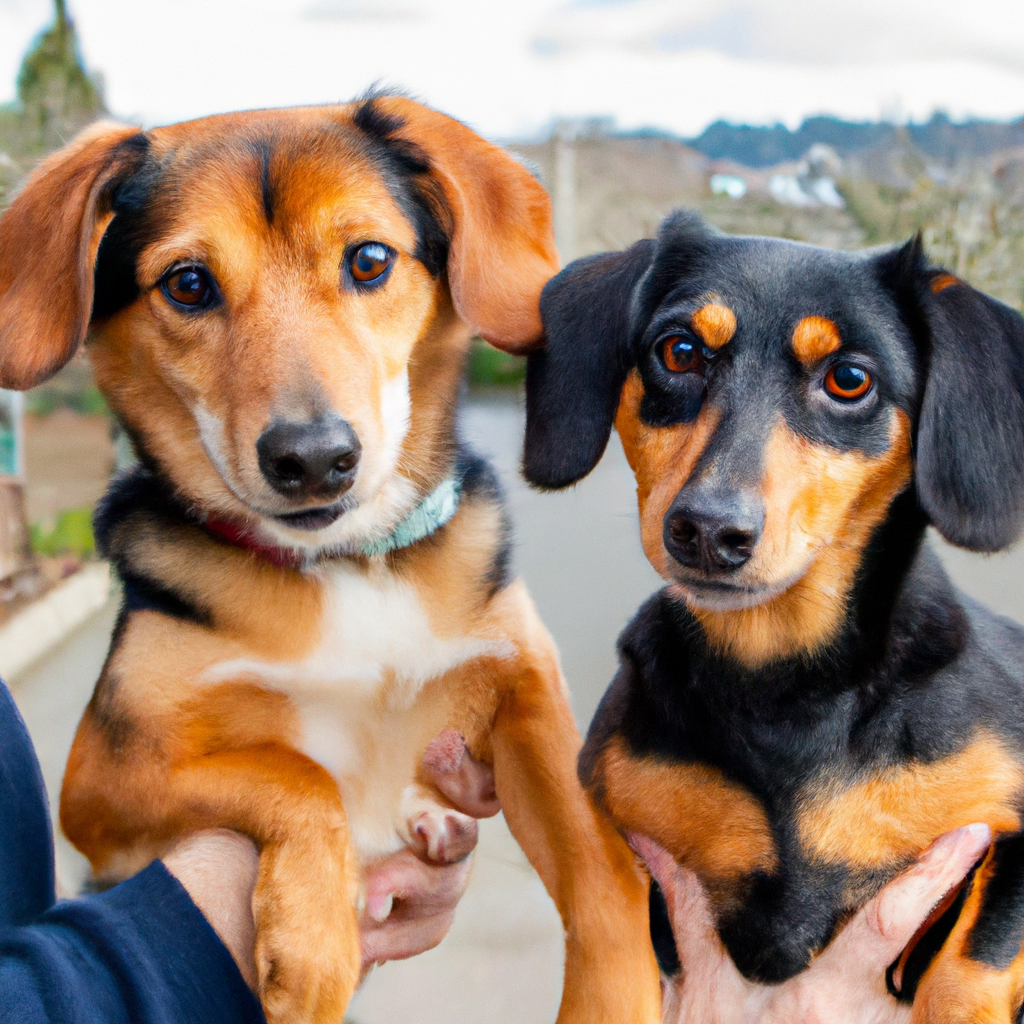So, you have a furry friend who is eager to wag their tail and make new buddies? Well, introducing your dog to new people and other dogs can be an exciting and sometimes challenging experience. You want to ensure a smooth and positive interaction for everyone involved, right? In this article, we’ll share some useful tips and tricks on how to introduce your dog to new faces and furry pals, creating a well-adjusted and socially confident canine companion. From proper greetings to using positive reinforcement, we’ve got you covered to make those introductions a tail-wagging success!
Understanding the Importance of Proper Introductions
Building positive associations and preventing fear and aggression are two key reasons why proper introductions are crucial for your dog’s socialization. By introducing your dog to new people, other dogs, and different situations in a controlled and positive manner, you can help them develop confidence, adaptability, and good behavior.
Preparing Your Dog for Introductions
Before jumping into introductions, it’s essential to ensure your dog is properly prepared. Socialization and obedience training play a significant role in helping your dog understand how to interact appropriately with others. By exposing them to various experiences, environments, and different people, you are helping them develop good social skills and reducing the likelihood of fear or aggression.
Understanding your dog’s body language is also vital. Dogs communicate through their body language, and being able to recognize signs of stress, fear, or comfort is essential during introductions. Learning to interpret their signals will allow you to gauge their level of comfort and adjust the introductions accordingly to ensure a positive experience for your dog.

Introducing Your Dog to New People
When introducing your dog to new people, it’s crucial to start with calm and confident individuals. Dogs often pick up on human emotions, so having someone who is relaxed and comfortable will help set a positive tone. Ask the person to avoid overwhelming gestures or direct eye contact initially, as this may make your dog feel uncomfortable. Instead, encourage the person to give your dog space and allow them to approach at their own pace.
Using positive reinforcement techniques is key to making introductions successful. You can reward your dog with treats, praise, or toys when they approach the new person calmly and without any signs of fear or aggression. This will create positive associations with meeting new people and reinforce good behavior.
Introducing Your Dog to Other Dogs
Introducing your dog to other dogs requires careful consideration. Choosing neutral territory, such as a local park, helps prevent territorial behaviors and allows the dogs to interact on more equal terms. Before the introduction, ensure both dogs are leashed and under control.
Using proper leash etiquette is essential to maintain a calm and controlled environment. Keep the leashes loose but within your control to avoid tension or pulling, which can create a negative experience. Give the dogs an opportunity to sniff each other while closely monitoring their body language for signs of tension or stress.
If the dogs appear relaxed and comfortable, you can gradually allow them more freedom to interact. However, if any signs of discomfort or aggression arise, separate the dogs and seek the help of a professional trainer or behaviorist.

Introducing Your Dog to Different Situations
It’s important to expose your dog to various environments to help them adapt to different situations. Gradually introduce them to new places, such as busy streets, parks, or crowded areas. Start with less stimulating environments and gradually increase the level of exposure.
By gradually exposing your dog to novel stimuli, you can help them acclimate to different sounds, smells, and sights. Gradual exposure allows your dog to build confidence and develop coping strategies in unfamiliar situations. Remember to always ensure your dog feels safe and comfortable throughout the process.
Dealing with Challenges during Introductions
Sometimes introductions may not go as planned, and challenges may arise. Recognizing signs of fear or aggression is crucial to prevent any potential issues. If your dog displays signs such as growling, barking excessively, or cowering away, it’s essential to remove them from the situation immediately. Avoid forcing your dog into uncomfortable situations, as this can worsen their anxiety and potentially lead to aggressive behavior.
In challenging situations, seeking professional help from a dog trainer or behaviorist is highly recommended. They can assess the situation, provide guidance, and implement specific training techniques to address any behavioral issues. Professional help ensures that both you and your dog receive the support needed for successful introductions.
Managing reactive behaviors is also important during introductions. Reactive behaviors, such as lunging or barking at other dogs or people, can be challenging to handle. Working with a professional trainer can help you implement effective management strategies and training techniques to address reactive behaviors and create a safe environment for everyone involved.

Tips for Successful Introductions
To make introductions go smoothly, keep these tips in mind:
-
Stay calm and patient: Dogs pick up on our emotions, so remaining calm and composed will help reassure them during the introduction process. Patience is key, as every dog progresses at their own pace.
-
Use positive reinforcement: Reward your dog with treats, praise, or toys when they exhibit calm and friendly behavior during introductions. Positive reinforcement helps create positive associations and encourages good behavior.
-
Keep interactions short and controlled: Especially in the beginning stages, keep introductions brief to prevent overstimulation or potential negative interactions. Gradually increase the duration of interactions as your dog becomes more comfortable.
Conclusion
Proper introductions are crucial for building positive associations, preventing fear, and minimizing aggressive behaviors in dogs. By preparing your dog through socialization and obedience training, understanding their body language, and employing positive reinforcement techniques, you can help them navigate new people, other dogs, and various situations successfully. If challenges arise, seeking professional help is always a wise choice to ensure a safe and harmonious environment for both you and your furry friend. Remember to stay calm, use positive reinforcement techniques, and keep interactions short and controlled. With proper introductions, your dog can develop confidence, social skills, and a happy, well-rounded life.





